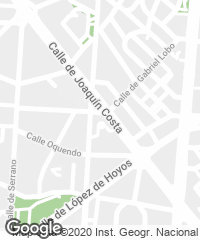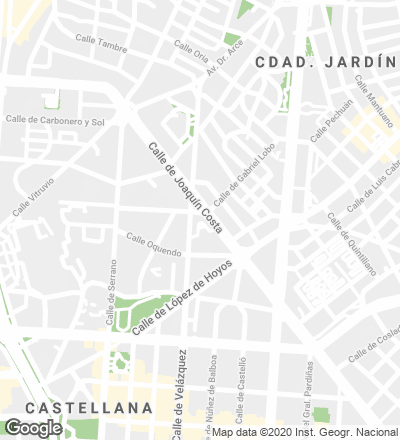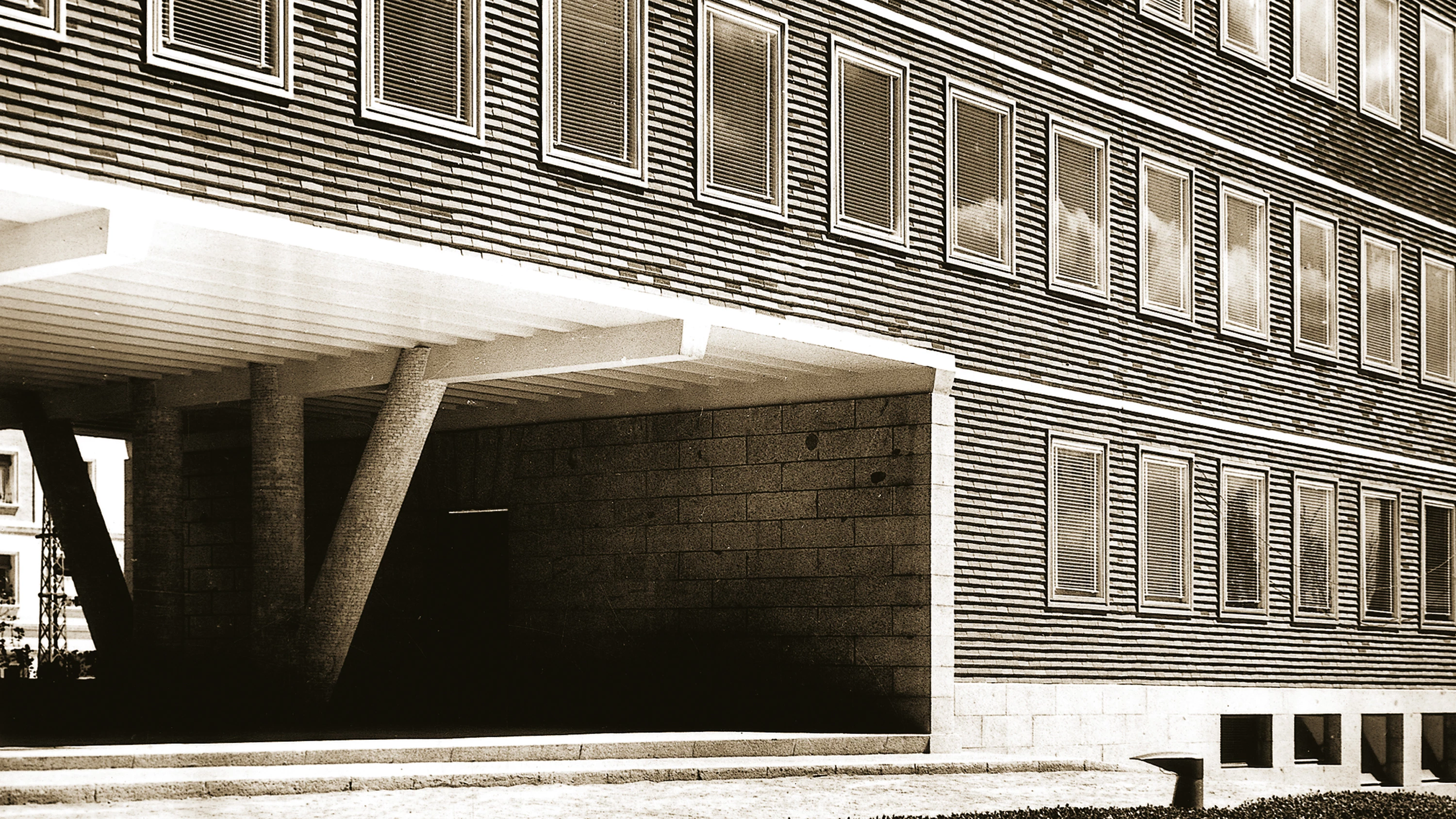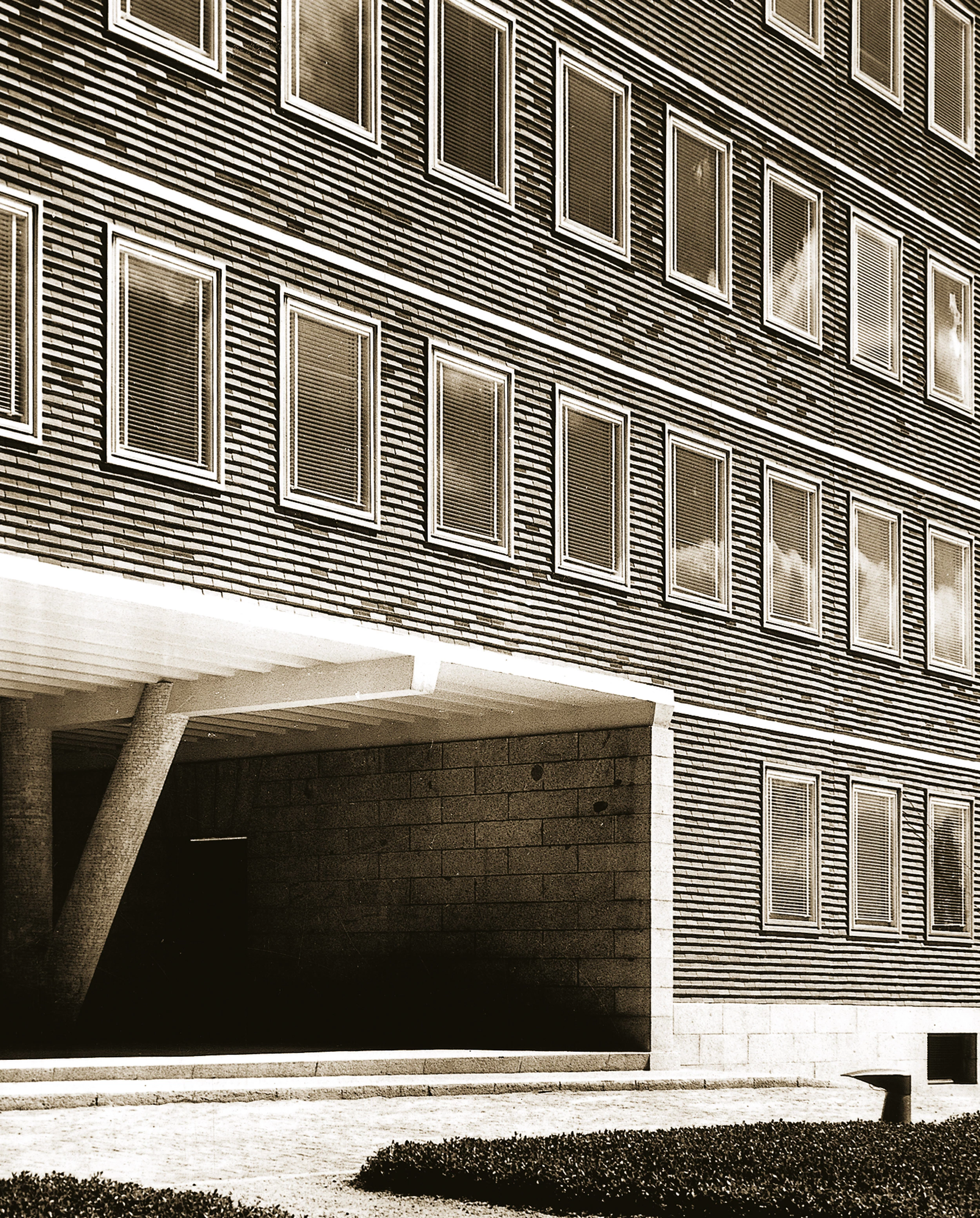Institute of Microbiology Ramón y Cajal, Madrid
Miguel Fisac- Type Education Health Specialized school
- Material Ceramics Brick
- Date 1949 - 1956
- City Madrid
- Country Spain


This commission took Fisac on a trip around Europe to see up close the stabling conditions of animals used for testing purposes. Between October and November of 1949, he became well acquainted with that modernity, less orthodox and closer to nature and man, that was being developed in Scandinavia at the time. Aside from the Swedish window with incorporated Venetian blinds that he used in the laboratory areas, Fisac also brought home a new attitude with which to face future projects.
“When the first floor was under construction I travelled to Switzerland, Germany, Holland and Scandinavia and had the chance to see what the Swedes were doing. It was an honest architecture, because there they had 50 degrees below zero and couldn’t afford to play around; the Gothenburg Town Hall was a true revelation. Though I was not so fond of the facade – because I knew the Cinquecento and could not see why Asplund would do those horizontal openings in a building of such simple Tuscan neoclassic style –, I went inside and saw that both program and materials were very well set out. All the problems, whose solution I had not found neither in Le Corbusier nor Mies van der Rohe, were solved there. For me it was to say: one can build architecture of today without following the Modern Movement’s premises. And I went from there, because another thing I did not like at all of the Modern Movement was its total disregard for the site and its surroundings; for me architecture is like a tree; it is there, and its surroundings are important.”
“On my return to Madrid, I reflected on how to continue the building. From a constructional point of view I rejected the idea of wrapping a concrete structure with solid brick which, after all, is a material for loadbearing walls that is quite heavy. Then I thought of making a double hollow brick with a sloping face as a sort of drip to shut out humidity. To choose its color, I looked around the factories outside Madrid, and found some grayish bricks that were discolored because the oven doors had been opened ahead of time. In this way, with varied textures, the facades showed the difference between the structural role of the walls, that are load bearers, and that of the longer fronts, that are not, and were built with light bricks that I registered in 1952. And this is precisely what it is all about, constructional reason should be responsible for the final appearance of the building, which is where architectural beauty has always come from.”... [+]







